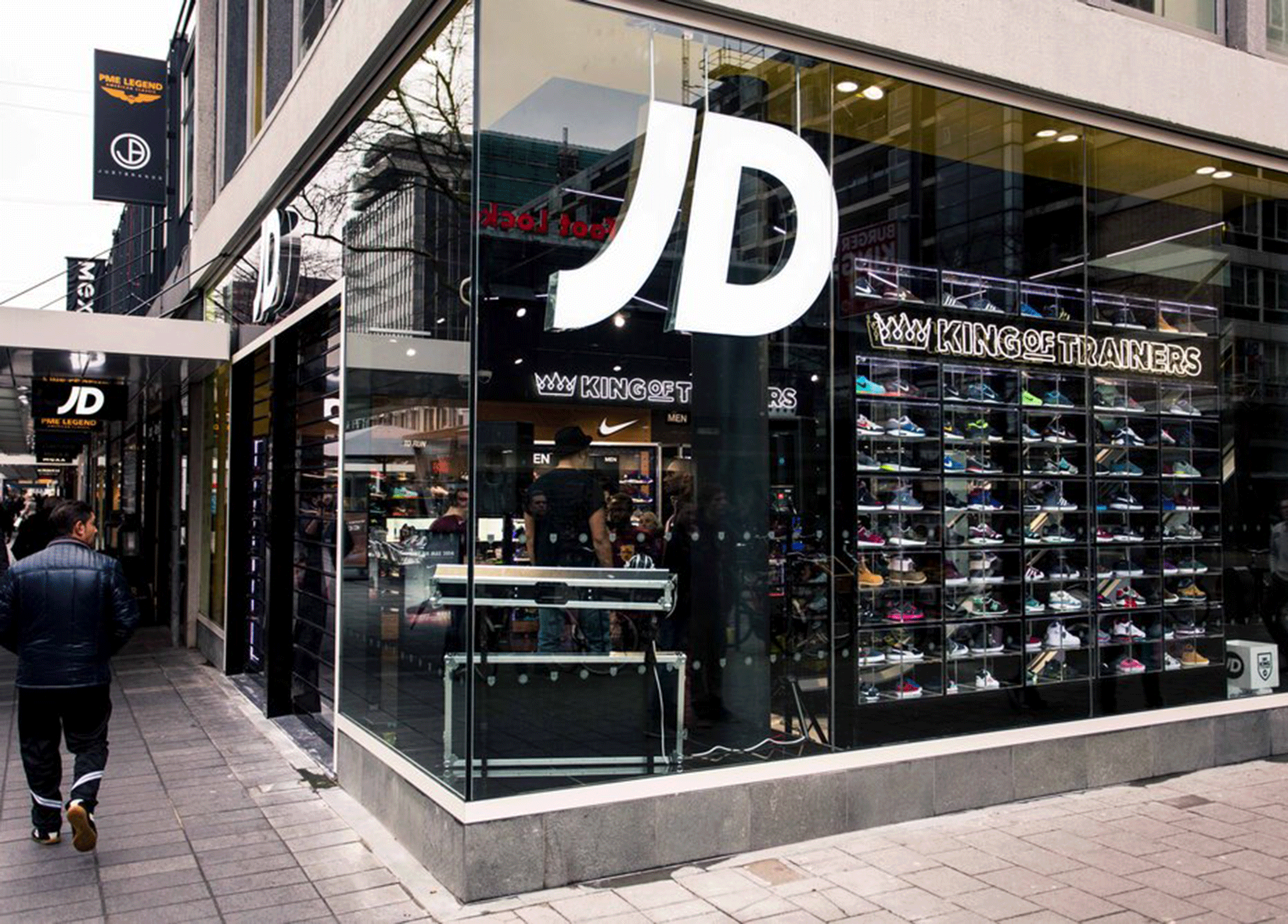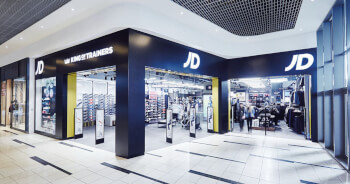This content is only available within our institutional offering.

29 Sep 2025
On the road with JD Sports

Sign in
This content is only available to commercial clients. Sign in if you have access or contact support@research-tree.com to set up a commercial account
This content is only available to commercial clients. Sign in if you have access or contact support@research-tree.com to set up a commercial account
On the road with JD Sports
JD Sports Fashion Plc (JD:LON) | 95.0 0.6 0.6% | Mkt Cap: 4,791m
- Published:
29 Sep 2025 -
Author:
Okines Warwick WO -
Pages:
9 -

We hosted investor meetings in London last week with JD Sports'' CEO Regis Schultz and CFO Dominic Platt. Some key topics of discussion are summarised below.
Sports retail environment
Management is realistic about the pressures facing JD''s core 16‑ to 24‑year‑old customer base, especially the risk of rising unemployment. Nevertheless, some of its fastest-growing brands are higher-priced, so product desirability matters more than price point. It is also realistic that the footwear market (c.60% of its sales, H1 organic sales -1%) is in an ongoing transition in sports lifestyle footwear, with some major product franchises right-sizing and female consumers gravitating towards more formal-wear styles. JD believes the performance-running sneaker cycle is still in its early stages and is excited by the product offerings of several of its largest brand partners. Industry inventory levels appear reasonably normal, the main outlier being an elevated level of online promotion in the UK. Apparel H1 organic sales grew +6%, and JD attributes the strength to the product offer from brand partners as well as progress with its own‑brand range, which helps offset a mix shift away from core sports‑fashion trends.
In-store shelf space
JD Sports is typically the largest retail partner worldwide for its major brand partners. There were investor questions about whether the company had been reallocating shelf-space between brands. JD manages sales density at both a category and brand level and has not needed to make material shelf-space adjustments.
US Tariffs
Management indicated that roughly one‑third of the average 10 % tariff increase at retail price has already been passed through to customers. The pass‑through has been selective - primarily applied to higher‑priced items and new product launches - through a carefully managed process. So far, there has been no observable price‑elasticity response from consumers. Management does not anticipate any additional price...






